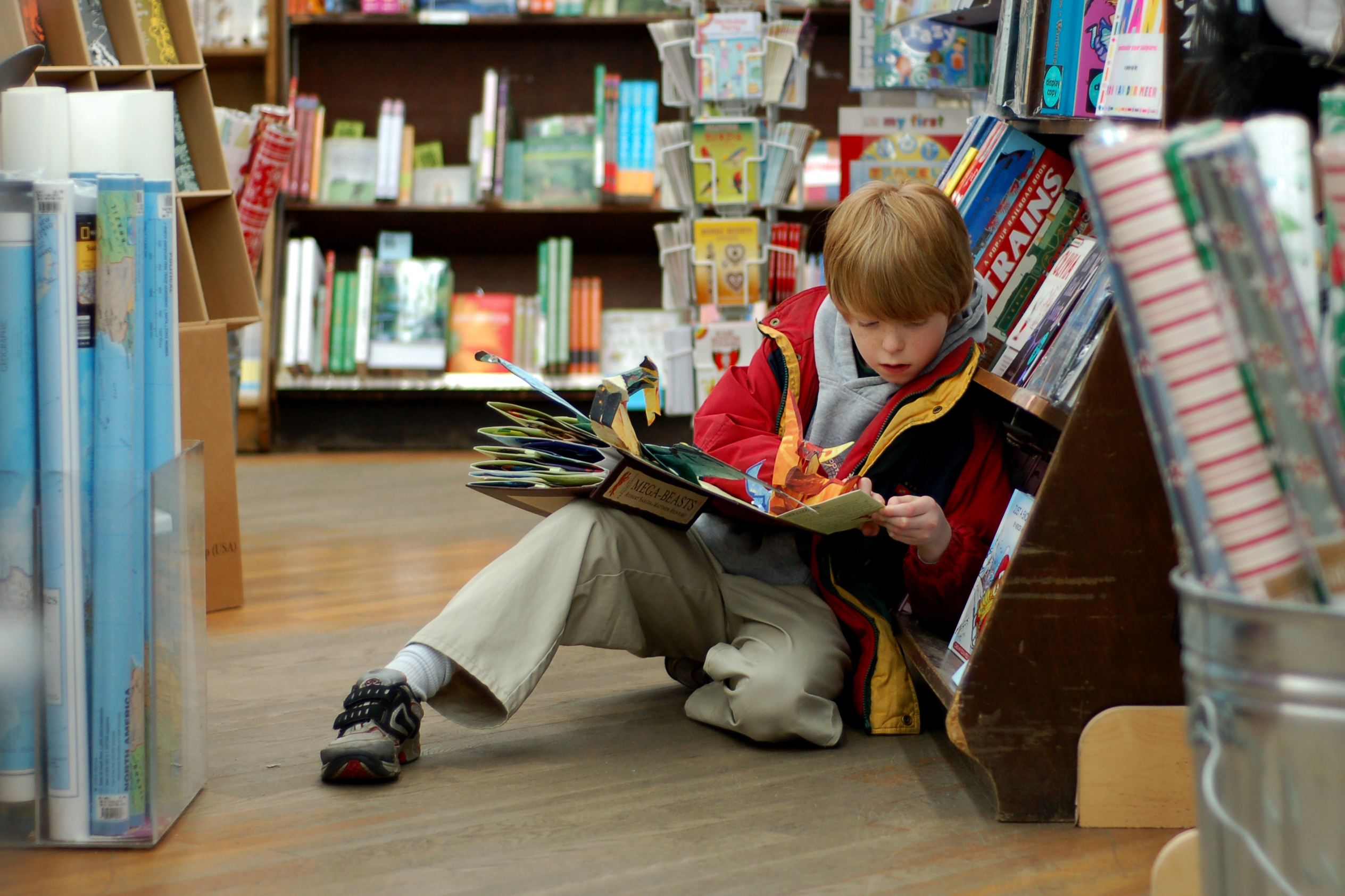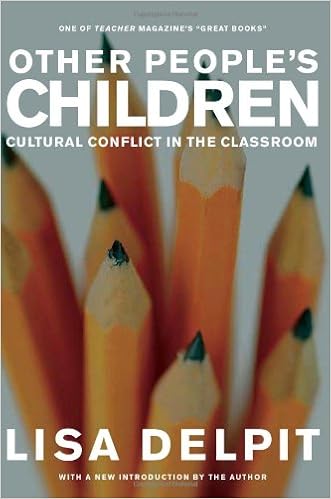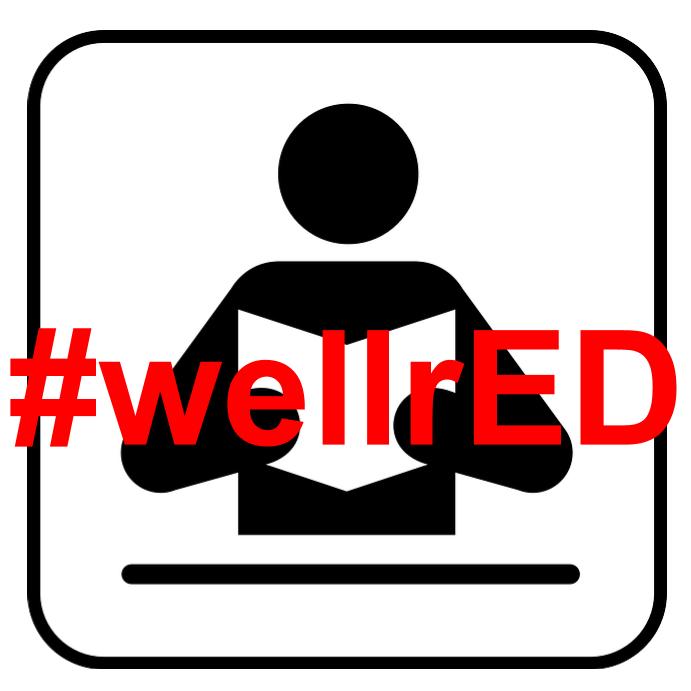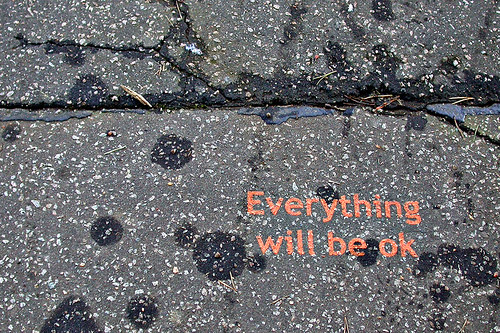For those keeping track, I went on another lunch run today. That’s three in the last four work days. Running has always been where I get my thinking done. I ruminate.
Today, I was thinking about classrooms – physical, digital, and those who have yet to make up their minds – and how I know they must be struggling to create the communities that must be established as foundations of learning.
I started thinking about what I would do. I came up with questioning. This is not surprising for a guy who really hangs his hat on inquiry. For this, though, I was trying to think of something a teacher could implement with absolutely no prep and yet reap a deep benefit in shoring up community.
The idea is to challenge students to come up with one good question they would be interested in hearing their peers answer and would be okay with answering themselves. Then, they pair or group up and share their questions and answers.
Sure, sure, there can be reporting out, sharing, and asking who had similar questions or answers. But, there doesn’t need to be. All that’s necessary for community to begin to form is for people to try to find out about one another and to share a piece of themselves.
Not having a classroom of my own, I used our dinnertime conversation as a testing ground this evening. “Think of one good question you want all of us to answer, and we’ll take turns answering.”
They wanted a model, so I went first. “What’s one thing that can almost always make you smile when you are sad?” Tickling was a popular response.
My daughter was next, “What do you like about doing our gratefuls?” Our “gratefuls” are our nightly ritual of putting a coin in a mason jar and sharing at least one thing we are grateful for that day. Hearing what both kids thought about the process was wonderful.
The boy went last, “Are you afraid of heights?”
I had to think about my answer. I wasn’t sure. Turns out, yup, sometimes.
So, with one text audience of kids who will definitely let me know if one of my ideas is bad or stupid, I had a 100% success rate. You will too.
Try it tomorrow. Even if those you’re learning with are adults. All it takes is One Good Question to bring us closer.
 “Do me a favor,” I say, “and close your eyes. I’m going to ask you to visualize something. If I told you you’re visiting a school with a healthy culture of reading and writing, I want to you visit it in your imagination. Start with the lobby or entryway. Notice everything you see and hear as you walk through.”
“Do me a favor,” I say, “and close your eyes. I’m going to ask you to visualize something. If I told you you’re visiting a school with a healthy culture of reading and writing, I want to you visit it in your imagination. Start with the lobby or entryway. Notice everything you see and hear as you walk through.”



